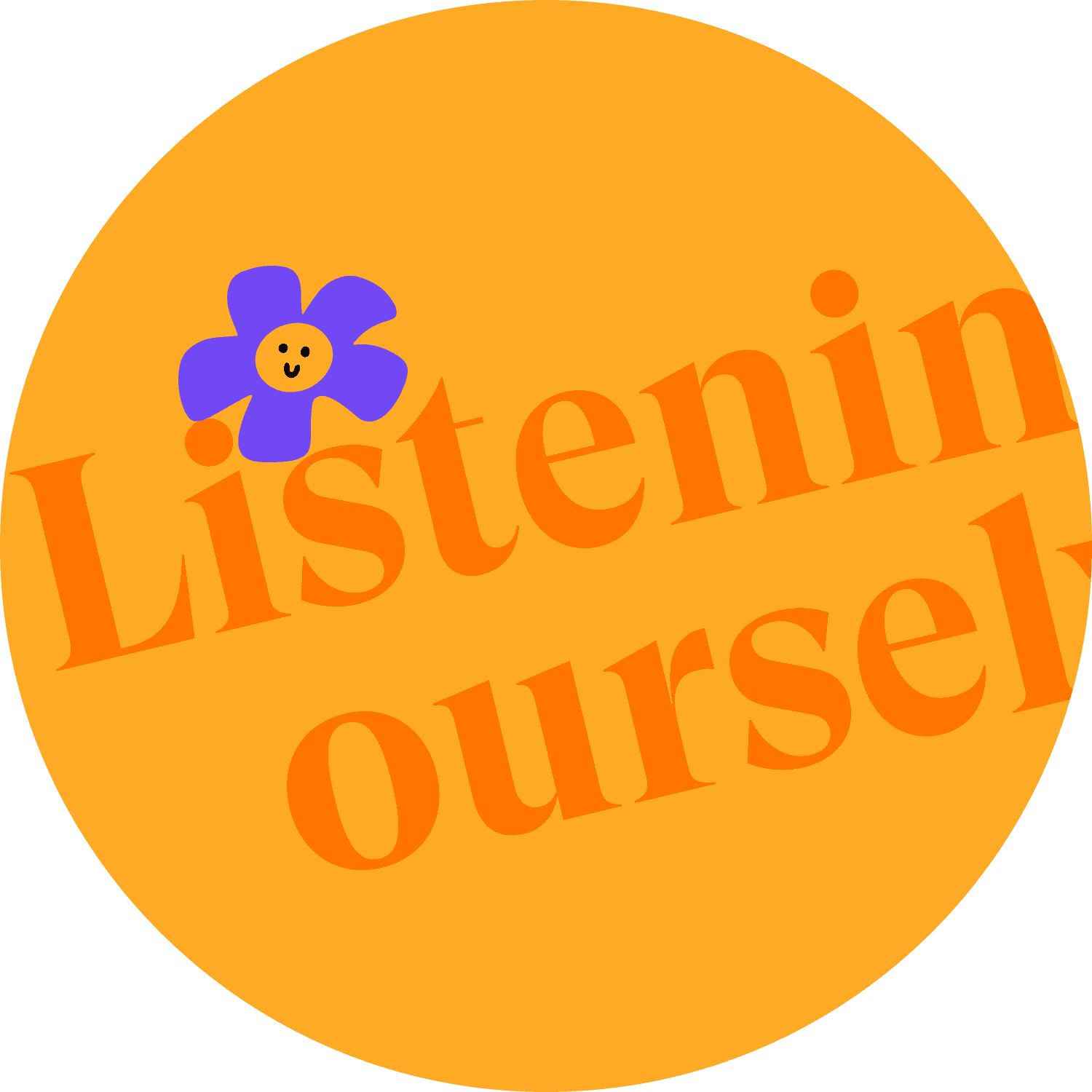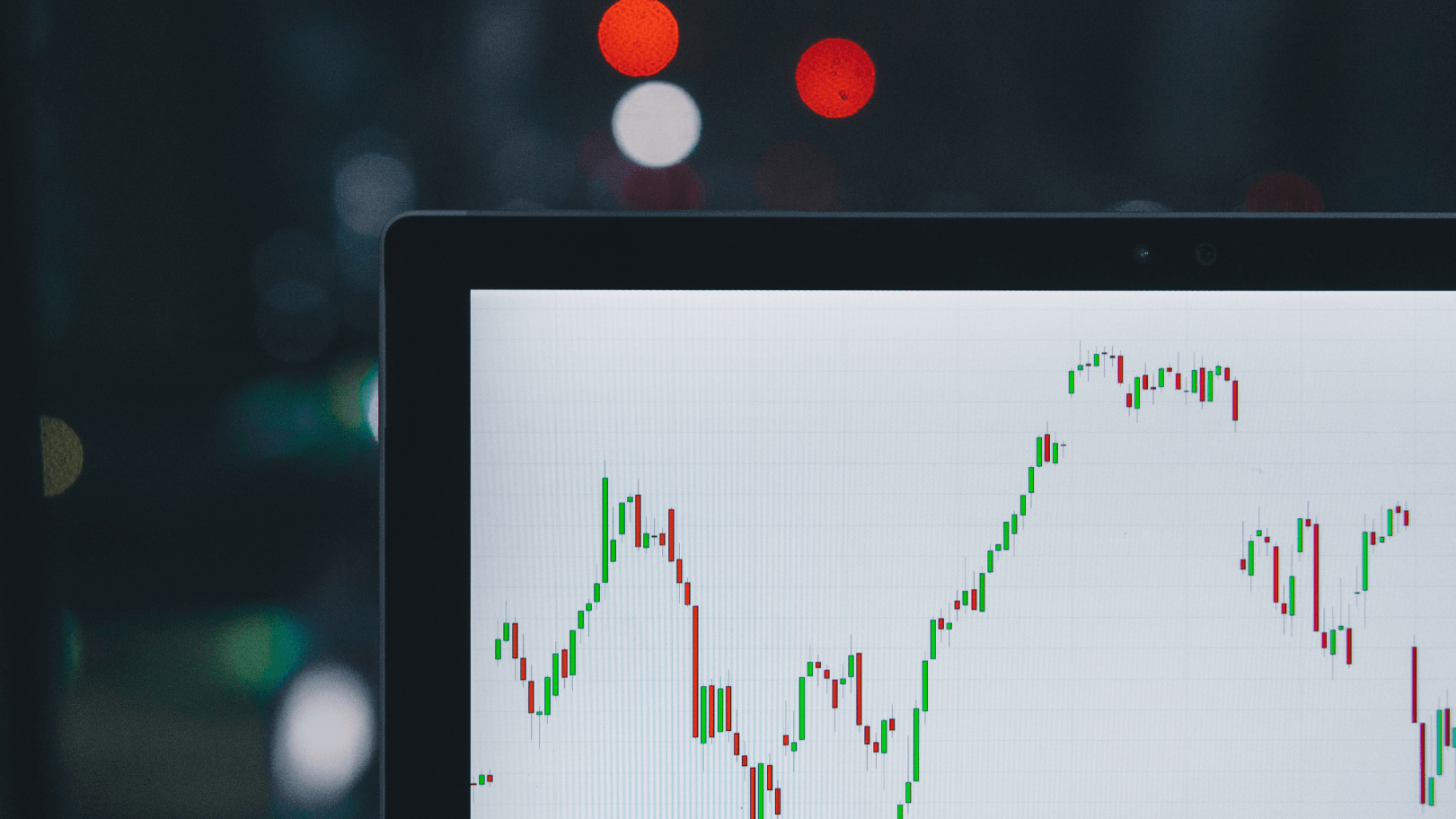
What is Carbon Pricing? Everything You Need to Know
The Republic of Ireland has just become the second country to declare a climate emergency, and Sweden’s Greta Thunberg is spearheading the Youth Strike 4 Climate movement that’s advocating for change ASAP – as Gen Z begins to realize the kind of planet that’ll greet them as they enter adulthood.
Meanwhile, the U.S. is zooming toward a presidential election rife with debate around the Green New Deal and eight countries in the E.U. just introduced an ambitious proposal to funnel 25% of their budget into becoming carbon neutral by 2050.
With all this worldwide buzz, greenhouse gases and carbon emissions are getting plenty of screen time, and people are starting to ask themselves what a carbon-neutral future looks like – and how we’d even get there. In particular, many are wondering how countries around the world plan on funding such an overhaul of the current system.
What the average person perhaps doesn’t know is that for decades, a method has been adapted by governments worldwide: carbon pricing.
Carbon pricing: the rundown
Put simply, carbon pricing is a way that governments can control the amount of emissions produced by companies by attaching a price tag to it.
Forty countries, as well as multiple states, provinces, cities, and towns worldwide already have their own system of carbon pricing in place, while the United States remains notably absent from any coordinated national or international efforts (as of right now, California, a handful of northeastern states, and some cities are the only ones with any kind of carbon pricing agenda).
Each government has its own approach, but there are two general ways they go about carbon pricing:
Carbon pricing system 1: Emissions Trading System (AKA cap and trade)

Photo by M.B.M
Emissions Trading Systems (ETS), commonly referred to as “cap and trade”, is a method governments have used for many years to curb the amount of carbon their residents are allowed to put out in the atmosphere.
With this system, companies are given a set amount of carbon credits. The U.S. has no consistent method for allocating these credits – the amount and value of carbon credits is determined by multiple different programs – whereas the E.U. is regulated by the Emissions Trading System (ETS).
With this system, businesses are provided with a set amount of carbon credits they can use, determining how many pollutants they put out into the atmosphere. With the credits they’re given, companies have three options:
- Use the credits they have, and only use that many in producing their goods and services.
- Use less than the credits they’ve been given by switching to environmentally friendly measures, and sell the surplus.
- Make no move to curb their carbon output, and instead buy carbon credits from companies that didn’t use all of their own.
With this method, a certain amount of carbon is allowed to be released total, and companies have the freedom to choose how they’ll stay within those boundaries. The system is supposed to work by giving companies flexibility, while the amount of carbon output allowed is gradually reduced – as the EU’s ETS plans to start doing in 2021.
Sound too good to be true? It isn’t the first time cap and trade has been used to fight pollutants.
ETS helped beat acid rain in the ‘90s
Several decades ago, the world was facing an acid rain crisis – and in the United States, the northeast in particular was in trouble. In 1990, the Environmental Protection Agency (EPA) in the U.S. began their Acid Rain Program as part of their Clean Air Act. Their trick? Cap and trade.
By capping the amount of sulfur dioxide and nitrogen dioxide allowed in the air, the EPA hoped to combat acid rain – and it worked. Since 1990, the amount of sulfur dioxide in the air has reduced by 91% – and similarly, the nitrogen dioxide content has been slashed by 81%.
It’s remarkable that this model had such measurable results in such a relatively short period of time – when looked at from this perspective, it seems promising that more and more countries worldwide are adapting the cap-and-trade system.
Carbon pricing system 2: Carbon tax
Other countries aren’t opting for cap and trade, but instead for a carbon tax. A carbon tax is more straightforward, and about exactly what you’d expect it to be: putting a tax onto companies, based either on consumption of resources or per kilowatt hour (kWh).
Typically, these programs begin at a lower rate, then increase the tax over several years. British Columbia is a prime example, starting their tax out at $10 (about €7) per tonne of carbon dioxide in 2008, then increasing it gradually, to $30 (about c.€20) per tonne.
With a carbon tax, the biggest difference is that there’s no limit on what companies can emit. Instead, they just pay more, and the funds go back into government programs. In Canada’s Alberta province, for example, half of the money goes back to Albertans’ pockets, and the other half goes back into the economy.
The first country to enact a carbon tax like this was Finland in 1990. Their carbon tax revenue goes towards their own country, but also to helping countries with less resources cut down on their footprints too.
Other countries have followed suit. Since 1991, Sweden has been doing the same, and they’ve reported that emissions have been cut by a further 20% thanks to the carbon tax.
Carbon offsets for individuals
While carbon pricing sounds all well and good, you may be wondering how it impacts you. After all, you’re most likely not a world leader reading this, with the power to impose carbon taxes on your community – you may even live in a country or region that doesn’t institute any kind of carbon pricing.
What’s an average world citizen to do, then? There are now many organizations out there that provide people with the opportunity to buy their own carbon offsets to help counteract their own flights, fuel use, and commute. The money, in theory, goes to programs, clean energy initiatives, and organisations like Climate Care that run multiple different projects, including things like providing clean-burning stoves to people living in developing countries.
With a few clicks, you can buy carbon credits or pay a carbon tax, to help curb the output from your trips – but that doesn’t mean we’re home free yet…
Carbon pricing doesn’t let us off the hook
Just because more and more governments are enacting carbon pricing, and we can pay for our own carbon credits to offset our air travel, we are by no means free from accountability. Carbon pricing, at its core, is a monetary exchange and motivator to do better, not a blank check for us to go on how we’ve been.
Especially when you consider that the U.S. and India, two of the leaders in the growth rate of CO2 emissions, aren’t involved in any nationwide carbon pricing effort, it can feel like your country or region’s work is just a clean drop of water in one polluted ocean.
Carbon pricing injustices

Photo by Patrick Hendry
It’s also important to realise that, while combating environmental injustice, carbon pricing can perpetuate social injustice. Who lives near the factories that buy credits and keep polluting? Low-income families, overwhelmingly of color. The affluent areas get cleaner, while the people living by the factories are stuck in the same situation as before.
In 2016, a study came out of the University of Southern California, showing evidence of just that. But that’s not all .They also uncovered that improvements that were meant to decrease greenhouse gases for residents were often placed far from the communities who need them – even out of state.
The future of carbon pricing
All of this isn’t to say that carbon pricing is a waste of our time, or the wrong thing to do. When over forty countries have produced measurable results that are benefiting us worldwide in the long run, we can’t just pretend all the good it’s done doesn’t exist. But what we can do is take its drawbacks into consideration moving forward.
For carbon pricing to make the impact our global community needs, we need to bolster it with positive and sustainable behaviors, and with a commitment to empowering everyone in our communities to make a change for our futures and their health – not just the wealthy and white.
Personal carbon offsetting isn’t enough, either, and if these programmes hope to move forward, they need to be as transparent as possible down the line.
The E.U.’s ETS is entering Phase 4 in 2021, which will last until 2030. In Phase 4, they plan to up the annual emissions cuts to 2.21% a year, double the amount of carbon credits the E.U. will withhold from circulation up to 24%, and fund renewable innovations and technologies.
Meanwhile, China is planning to open a national carbon trading program in 2020, and all eyes will be on them to see how their new sustainability efforts unfold.
Web3 Democratizes Carbon Offsetting
The main issue with carbon offsets is that they are mainly reserved for big industries or governments. Smaller businesses and individuals that wish to participate in the carbon market do not have any legal means to do so. In the event that they can access carbon offsetting, their journey often ends in an administrative nightmare filled with red-tape barriers designed to discourage them.
However, through the evolution of blockchain technology, we are seeing some incredible advancements in this regard. In 2021, the developing Web3 ecosystem is using smart contracts and decentralized autonomous organizations to provide much more streamlined access to the carbon markets for common individuals. As a result, we have seen a considerable emergence of various ethical DAOs that aim to provide a means for the mainstream consumer to participate in carbon pricing markets.
These DAOs employ a variety of implementations to achieve their goal and democratize the carbon markets. For example, the Toucan Protocol DAO enables companies to tokenize their carbon credits on the blockchain. More importantly, it uses established methods such as the globally-recognized Verra registry to retire credits. Consequently, protocols like Klima use this framework to create a cryptocurrency that incentivizes citizens to participate in and govern this new carbon economy.
Others, like Regen network, on the other hand, allow consumers and companies to fund reforestation and soil regeneration efforts through their protocol. What’s more, is that the common ground of these DAOs is that their approach is entirely transparent, as it relies on the public ledger. It’s an important feature in the carbon offset market, as the entire process used to be completely opaque and very difficult to access for relevant ecological organizations.
We can hope that in the future, vWb3 will provide even more transparency and accessibility and allow mass participation in funding carbon sequestration projects.
Don’t wait to do the right thing
As for you? The time to act is now. The UK and Ireland may have declared climate emergency this month, but so far that’s nothing more than words. There’s no defined plan for what it means moving forward. But make no mistake: we are facing a climate emergency, one that can’t wait for us to hammer out definitions and rules.
Instead of waiting for government bureaucracy to hand us a solution, take action into your own hands. Actively work to reduce your carbon footprint. Start by getting to know what your weak points are: try a carbon footprint calculator or perform a waste audit in your home. Even if you’re doing some guesswork with exactly how much you’re using, reflecting on it is a powerful place to start.
Flawed as it may be, research carbon offset programmes thoroughly, and find a good one to counterbalance your air travel. And always, always, vote, share your voice, reduce your consumption and reuse all you can.
The time to act is now. What can you do to curb your own carbon footprint today?
Featured image: Ouch.pics
Earth.fm is a completely free streaming service of 1000+ nature sounds from around the world, offering natural soundscapes and guided meditations for people who wish to listen to nature, relax, and become more connected. Launched in 2022, Earth.fm is a non-profit and a 1% for the Planet Environmental Partner.
Check out our recordings of nature ambience from sound recordists and artists spanning the globe, our thematic playlists of immersive soundscapes and our Wind Is the Original Radio podcast.
You can join the Earth.fm family by signing up for our newsletter of weekly inspiration for your precious ears, or become a member to enjoy the extra Earth.fm features and goodies and support us on our mission.
Subscription fees contribute to growing our library of authentic nature sounds, research into topics like noise pollution and the connection between nature and mental wellbeing, as well as funding grants that support emerging nature sound recordists from underprivileged communities.
